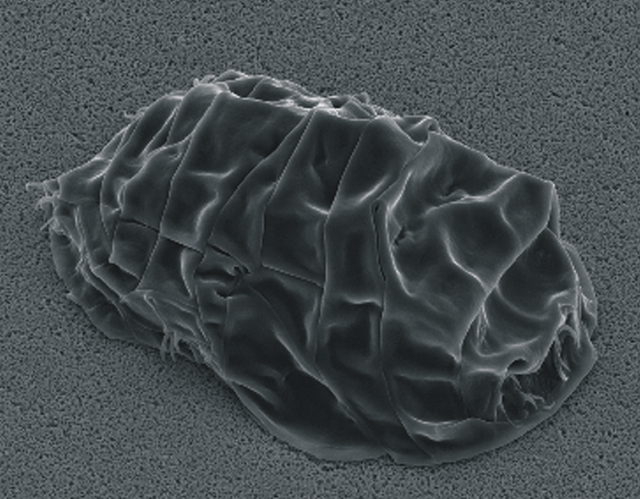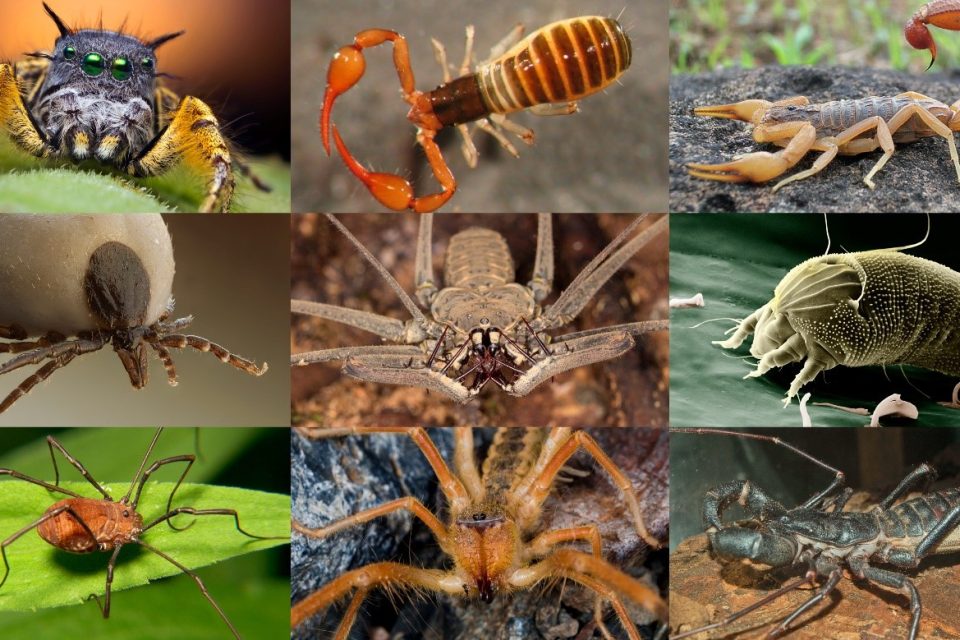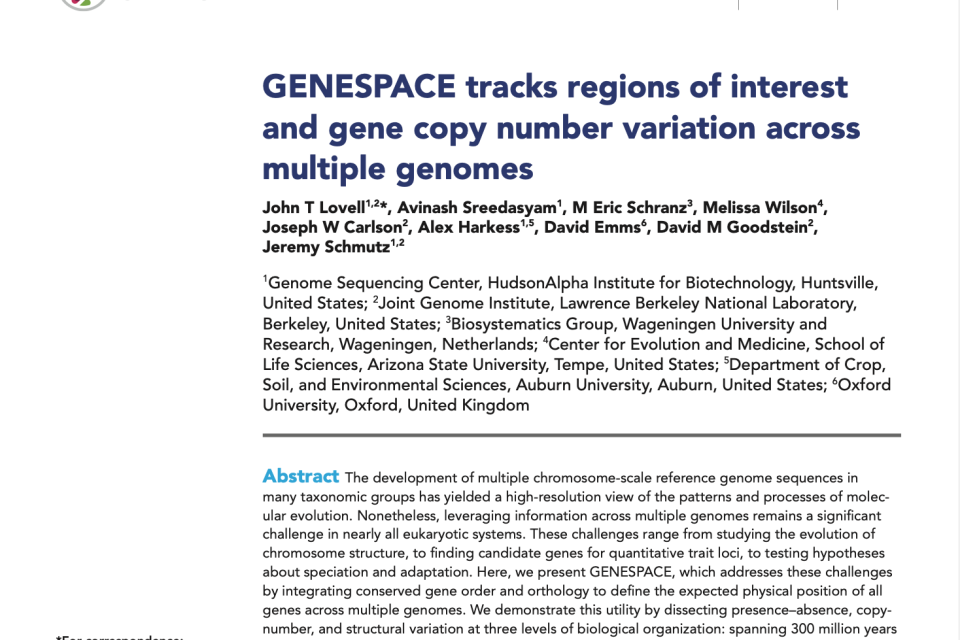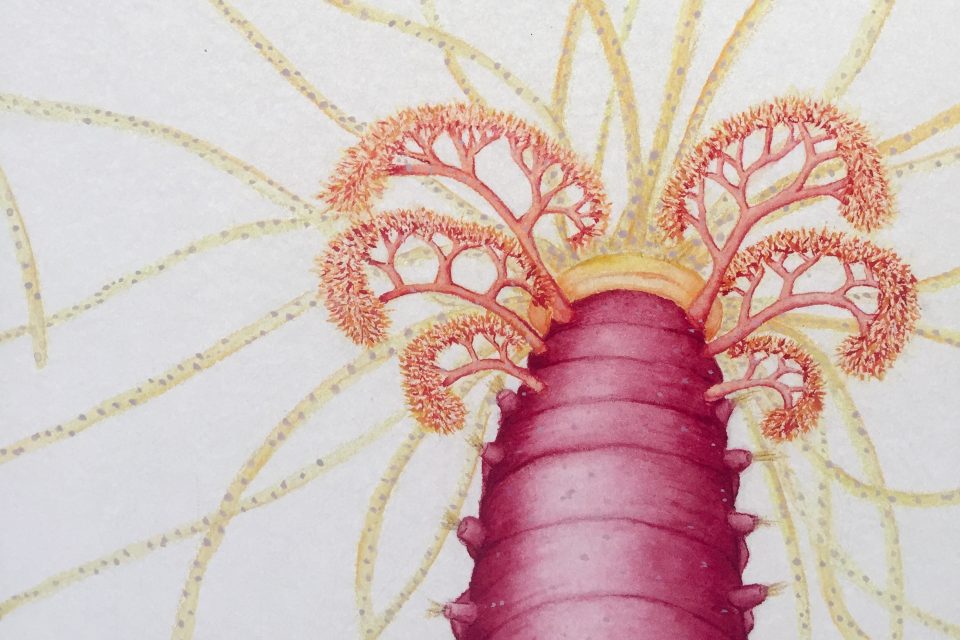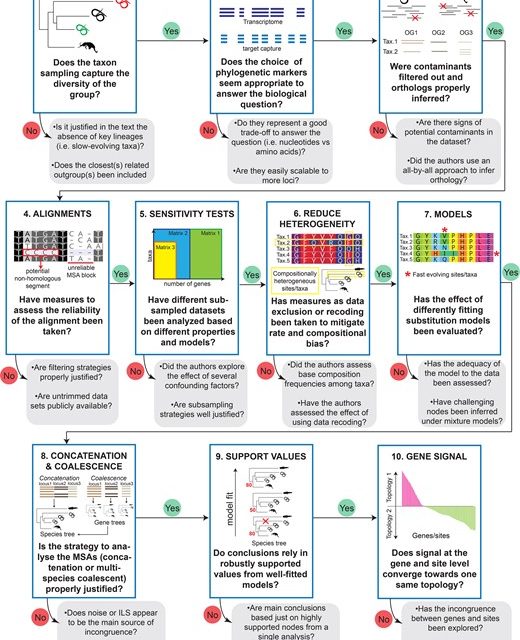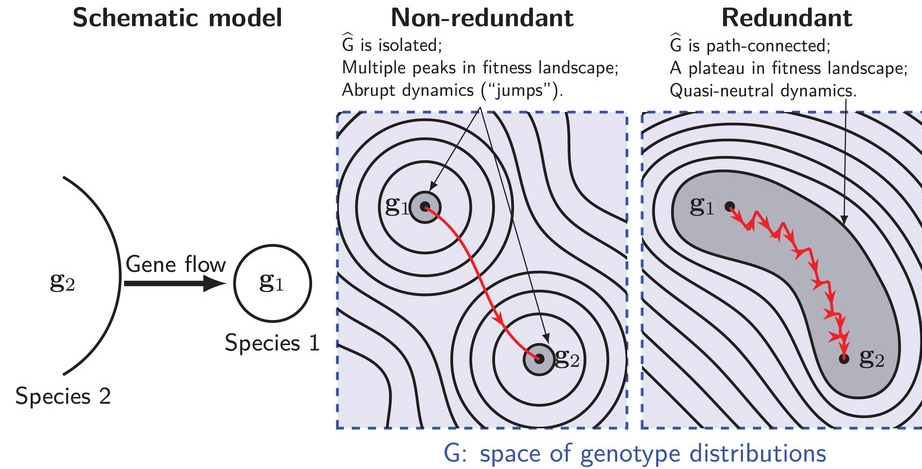
Door 11: How can hybrid incompatibility collapse enlighten hypotheses about stasis?
Today, I would like to present to the paper by Tianzhu Xiong and James Mallet about “On the impermanence of species: The collapse of genetic incompatibilities in hybridizing populations” in Evolution. The topic of the paper is not my area of research, which are deep level phylogeny, evolutionary […]
